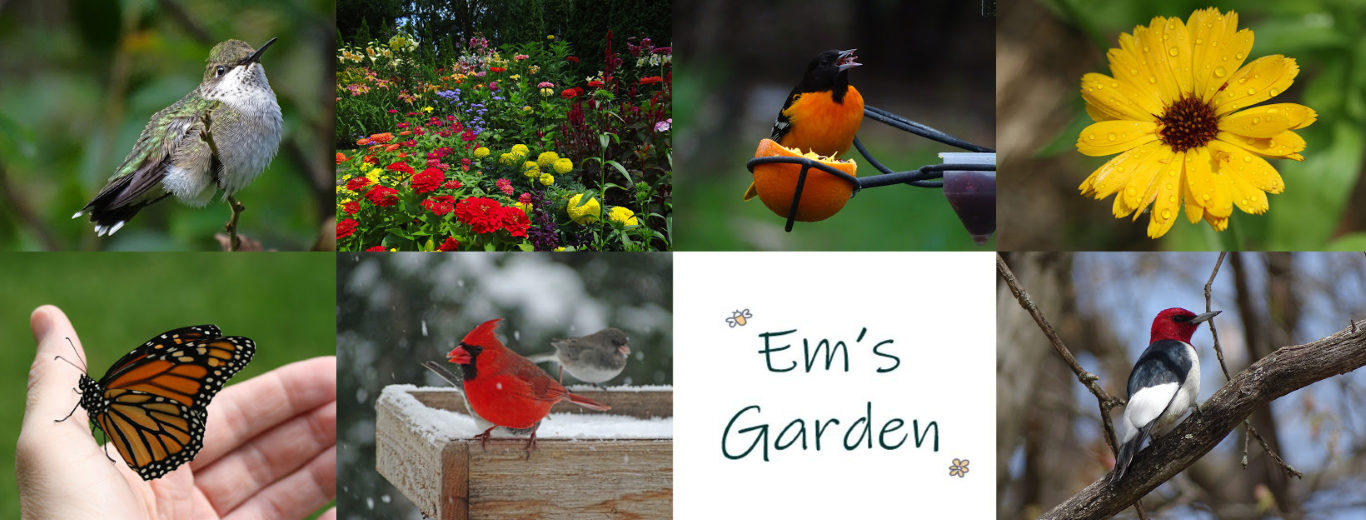In local birding circles the hot story of December and January so far has been the large number of Snowy Owl sightings in Wisconsin. Northern Wisconsin is on the very southern end of the owl’s winter territory, but for the second winter in a row some of the birds are making it as far south as the Madison area. It’s really fun to get the opportunity to see a bird that spends most of its life in the frozen tundra—and I don’t mean Lambeau Field where the Green Bay Packers play.
I got to see my very first Snowy Owl last Friday. A friend and I drove about 66 miles north to Horicon Marsh which is both a state wildlife area and a National Wildlife Refuge. There’s an owl that’s been perching on a little shed along the main highway that borders the north side of the marsh. It was the easiest “life list” bird I’ve ever had to seek out. We just drove down the road and there he/she was. I didn’t get any really good photographs because we were a hundred or more feet away, but we were close enough to get a really good glimpse of the bird through binoculars. While we were gazing at the Snowy, six or seven other cars also stopped along the road for a glimpse of the beautiful, stately bird.
Snowy Owls have piercing yellow eyes. When they open their mouths, it almost looks like they are laughing. It can be difficult to determine the sex of a Snowy Owl. Females have dark bars, but so do immature males. Males get whiter as they get older. I’ve seen some spectacular photos of pure-white Snowy Owls that have been spotted in Wisconsin recently, but the bird my friend and I saw was either a female or an immature male because it had a lot of black bars.
Unlike other owls, Snowy Owls are active during the day. That’s because there’s 24 hours of daylight in the Arctic during summer. Their preferred food is lemmings, but they’ll eat many types of small mammals and birds. Snowy Owls look for wide, open spaces like agricultural fields or marshes where they can scout for prey. They’ll perch just about anywhere, so you can find them on power poles, fences, silos or even outbuildings. They’ll perch on the ground if they can find a good vantage point for hunting. The birds are most active at dawn and dusk.
No one is sure why Wisconsin has now experienced several winters in a row with large numbers of Snowy Owls. So far this winter is outpacing last winter. The reason may be food-related. There may be too few lemmings in Canada and the Arctic. But it could also be that food sources were so plentiful last year that the owls reproduced in larger numbers and the young ones now have to migrate further south where there’s less competition for food.
Whatever the reason for their visit, they’re stirring up all kinds of excitement across Wisconsin.

